In the rugged, high-stakes world of mining and aggregates, there’s no room for failure. Every hour of downtime costs money, and every worn-out part is a risk. For too many operations, standard wear liners just don’t cut it. At Pajoa, we believe crusher wear plates should do more than just fit — they should perform, last, and solve problems before they happen. That’s why we’ve spent years developing a unique approach to custom-engineered crusher wear parts.
Whether your site struggles with extreme abrasion, oversized feed, or strict environmental and quality standards, we offer one simple promise: we build wear liners around your real needs, not catalog specs.
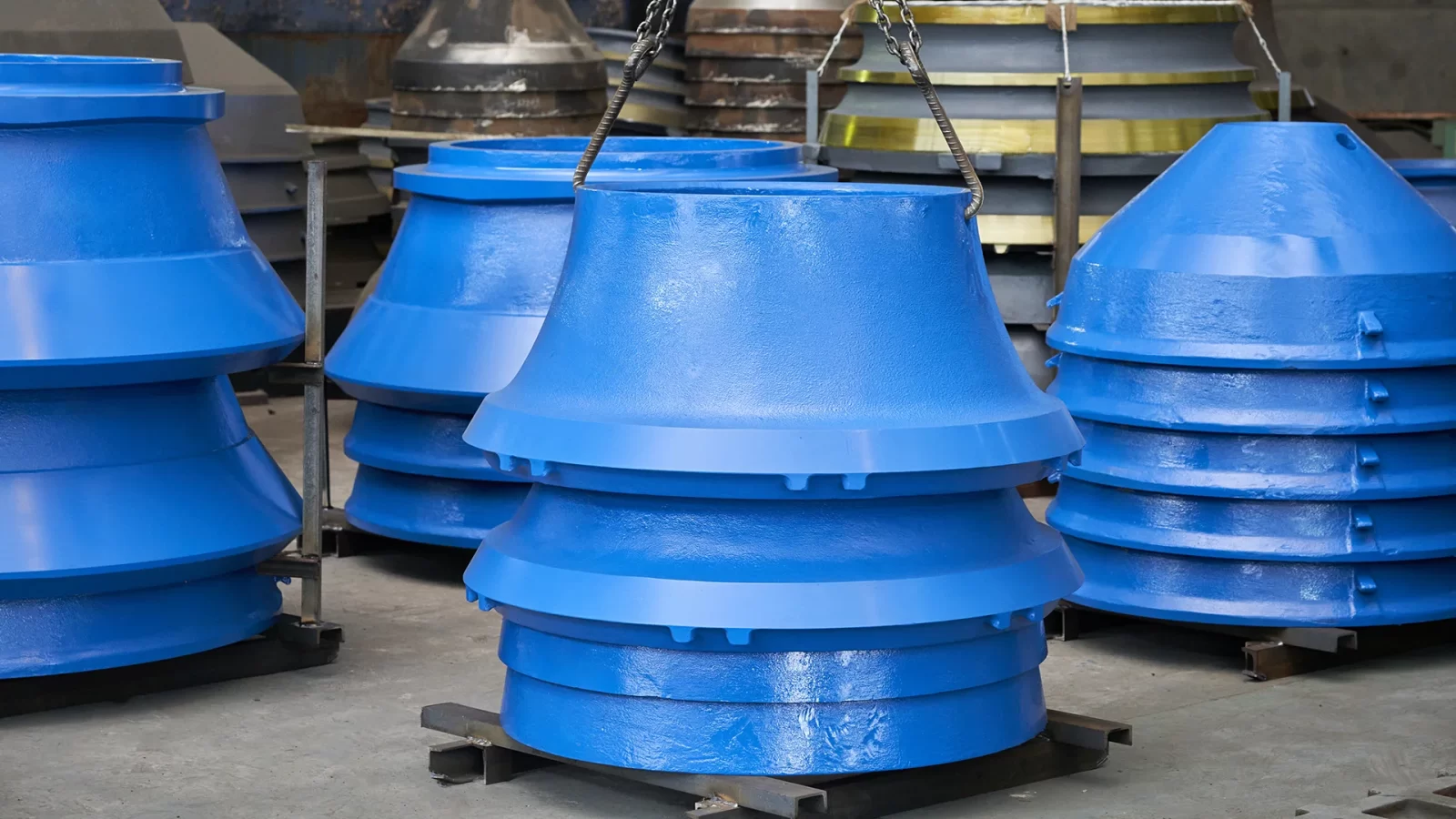
Our customization doesn’t start with a drawing — it starts with a problem to solve.
Our customization doesn’t start with a drawing — it starts with a problem to solve. We begin by understanding your site conditions, wear patterns, and maintenance cycles. From there, we design and cast parts that are not just replacements, but upgrades
From primary jaw crushers to massive gyratory liners, we manufacture robust wear parts in single pieces up to 14 tons. This scale, paired with metallurgical control, ensures high strength, dimensional accuracy, and longer uptime.
We push the boundaries of performance through reinforcement technology:
For clients requiring surgical precision, we assign their project to factories using argon-refined ladle pouring and advanced molding lines.
For sustainability-minded partners, we offer low-emission casting environments and clean sand systems.
All our production complies with global standards — ASTM, EN, JIS, GB — so your plate clear inspections anywhere in the world.
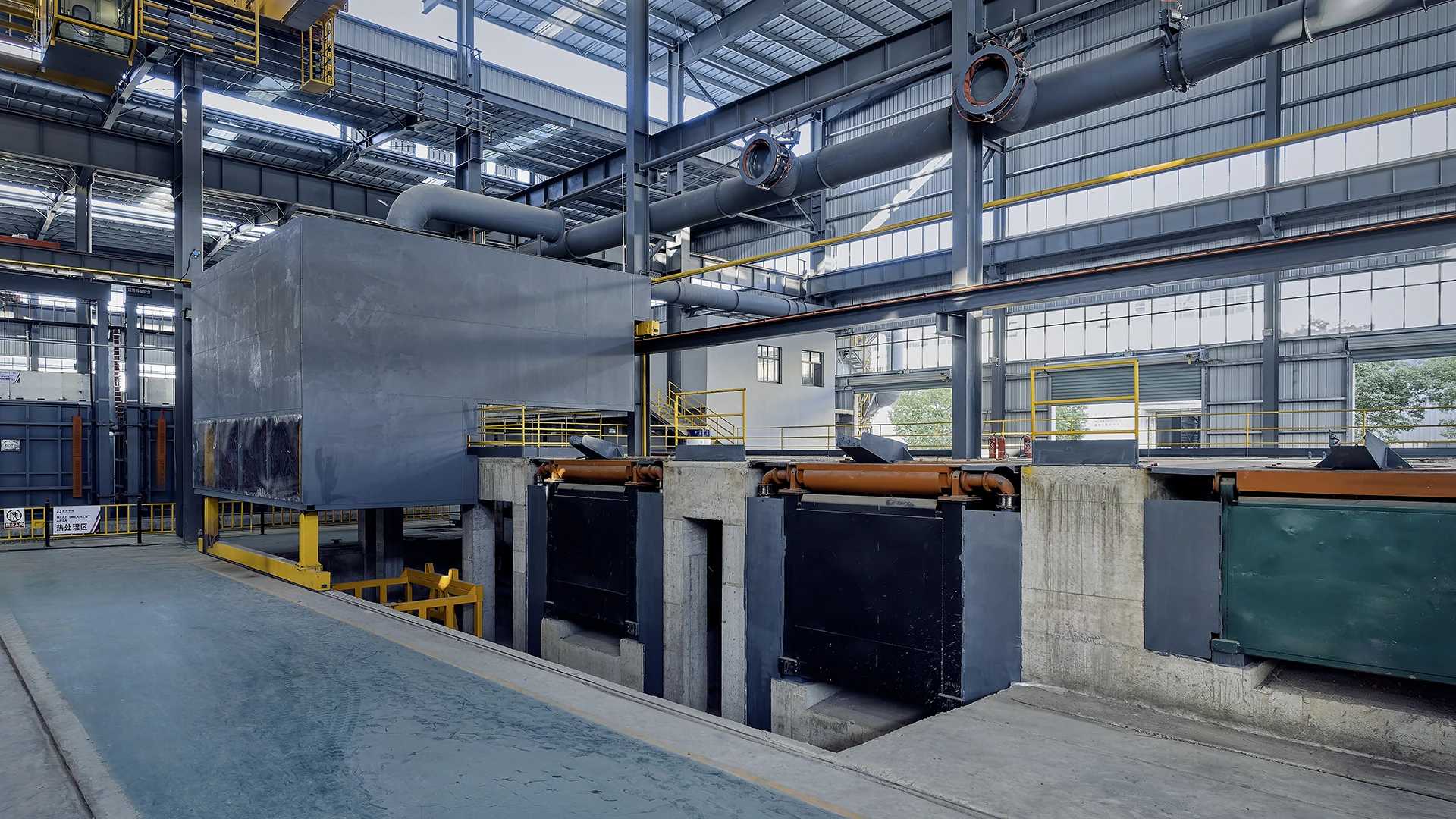
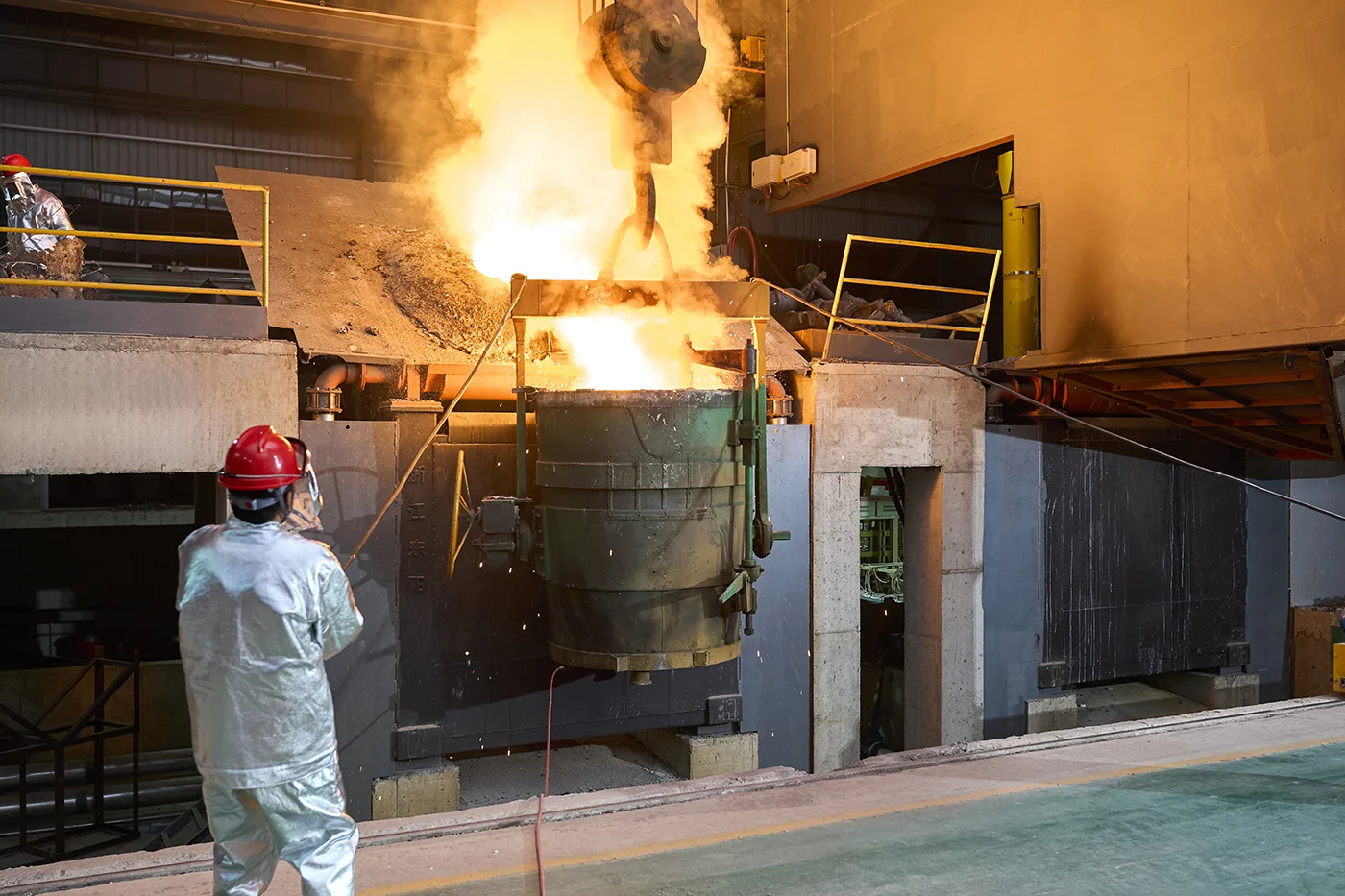
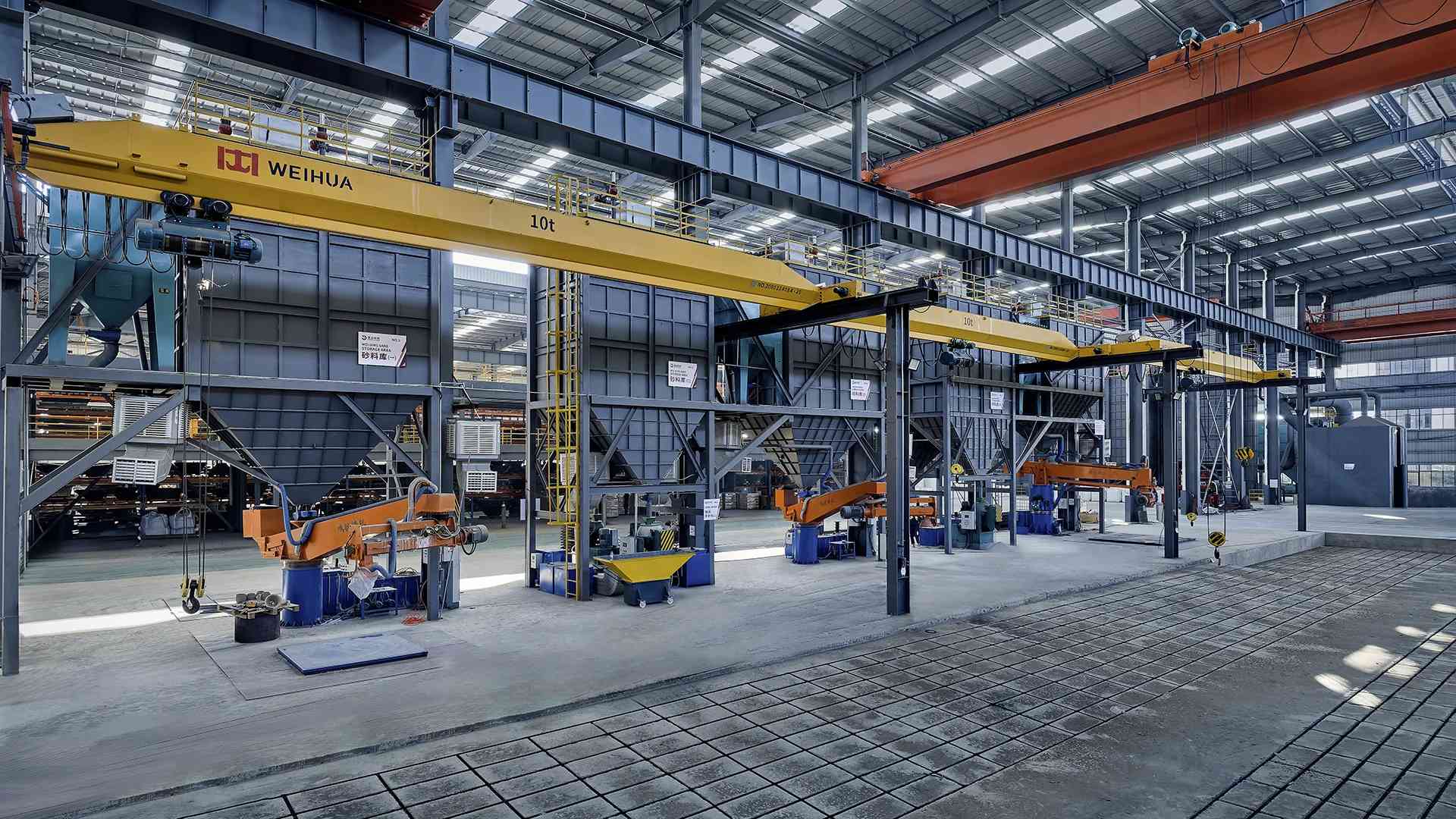
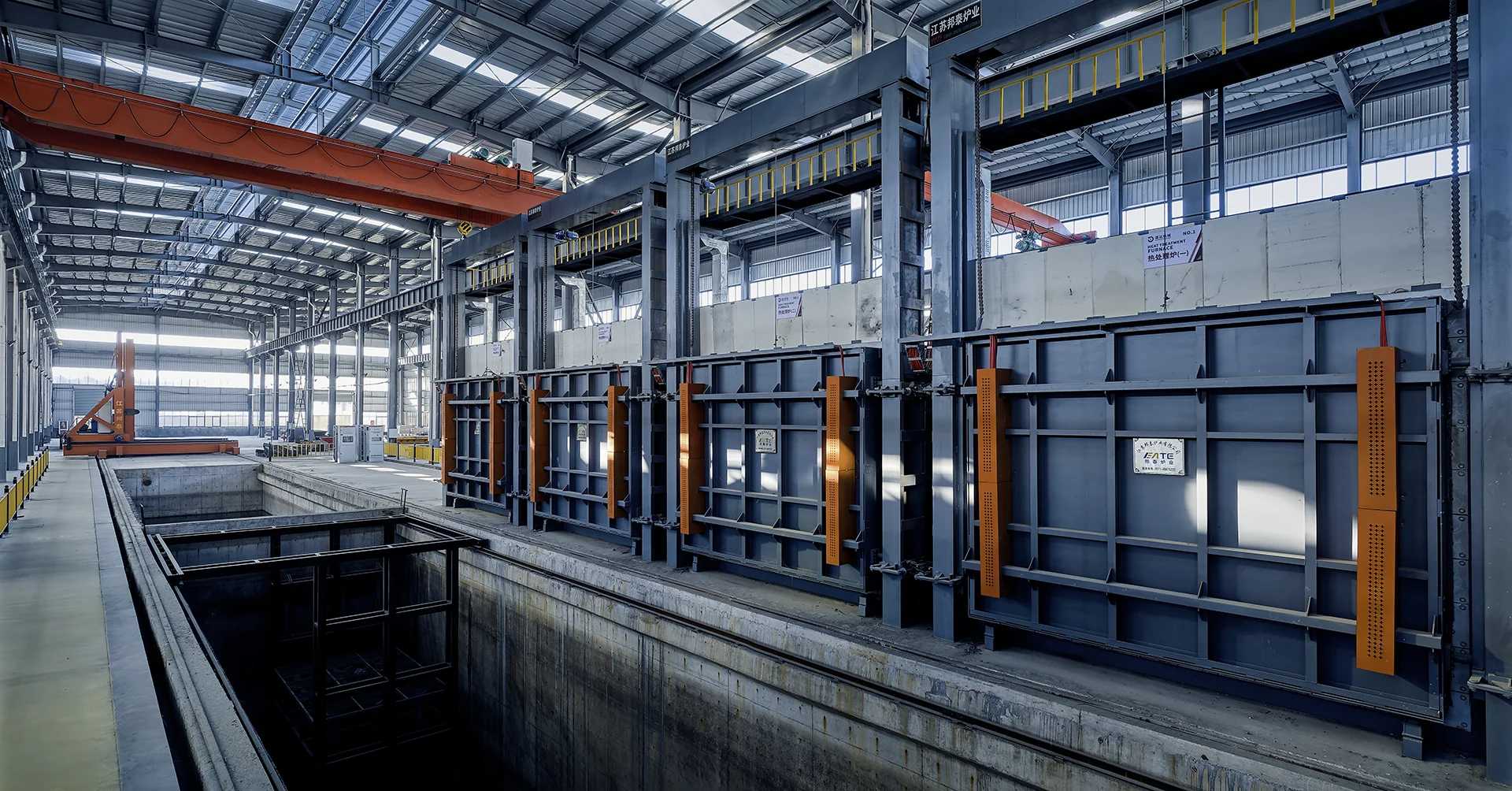
Surface Inspection
Each part is visually examined and dye-penetrant tested (DPT) to detect cracks, surface porosity, or casting defects invisible to the eye.
Dimensional Accuracy Inspection
We use precision measuring tools and gauges to verify that each part meets dimensional specifications, ensuring proper fit and compatibility with assembly requirements.
Non-Destructive Internal Integrity Testing
We apply ultrasonic or X-ray inspection for selected parts to detect internal voids, shrinkage cavities, or hidden flaws that could compromise long-term performance.
Metallographic Structure Verification
Metallographic analysis is used to examine grain structure, inclusions, and internal consistency, ensuring the integrity of critical castings.
Material Properties Analysis
Every heat batch is verified with optical emission spectrometry (OES) to confirm chemical composition, along with hardness, impact resistance, and tensile strength tests to ensure compliance with performance targets.
